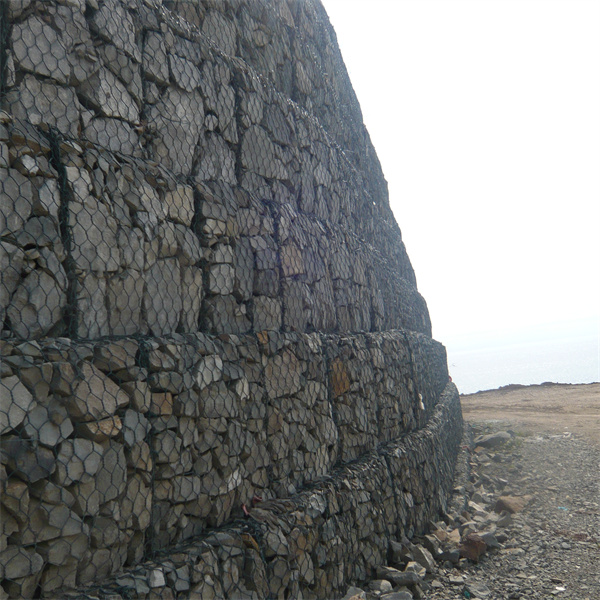Dec . 05, 2024 14:56 Back to list
china gabion mattress
The Benefits and Applications of China Gabion Mattress
Gabion mattresses are increasingly gaining popularity around the world, especially in China, for their efficacy in erosion control, riverbank stabilization, and flood protection. Made from wire mesh baskets filled with rocks, these structures provide a versatile and environmentally friendly solution for various civil engineering challenges.
Understanding Gabion Mattresses
Gabion mattresses are essentially flattened versions of traditional gabions, designed to be deployed in situations where a lower profile is needed. They consist of a series of wire mesh units that are filled with stones or other suitable materials. This construction allows for flexibility, allowing the mattresses to adapt to the contours of the land while providing effective support against water flow.
Erosion Control
One of the primary applications of gabion mattresses is in erosion control. Water flow can significantly undermine soil integrity, leading to serious environmental and structural damages. In many regions of China, highways, railways, and agricultural lands are at risk of erosion due to heavy rainfall or flooding. Gabion mattresses effectively absorb the energy of flowing water and dissipate it, thus minimizing soil loss and protecting vital infrastructure.
Riverbank Stabilization
China has numerous rivers, and as urban development continues to expand, the need for effective riverbank stabilization has become increasingly critical. Gabion mattresses provide a robust solution, anchoring the riverbanks and preventing them from collapsing due to water pressure. These mattresses also allow for vegetation to grow around them, which strengthens the soil and further combats erosion. The ability of gabion mattresses to integrate with the natural environment makes them a popular choice for sustainable development projects in riverine areas.
china gabion mattress

Flood Protection
In areas prone to flooding, gabion mattresses serve as a practical barrier to high waters. When installed along riverbanks or in flood-prone zones, these mattresses can absorb excess water flow while allowing for the gradual dissipation of pressure on surrounding structures. This not only protects properties but also preserves the natural ecosystem by reducing flood-induced damage to wetlands and waterways.
Versatility and Cost-Effectiveness
One of the significant advantages of gabion mattresses is their versatility. They can be used in various environments, from urban areas where site constraints might limit other construction methods, to remote regions where access to heavy machinery is challenging. Moreover, gabion mattresses can be made from locally sourced materials, which further reduces costs and environmental impact.
Environmental Benefits
The use of gabion mattresses aligns with the growing emphasis on eco-friendly construction practices. Unlike concrete or asphalt solutions, gabion mattresses allow for water permeation and support local wildlife. Their open structure encourages the establishment of vegetation, creating habitats and ensuring ecological balance.
Conclusion
In summary, gabion mattresses represent a crucial tool in civil engineering and environmental protection, especially in China, where rapid development cycles challenge traditional infrastructure. Their unique features—such as flexibility, cost-effectiveness, and environmental compatibility—make them an ideal choice for addressing issues like erosion control, riverbank stabilization, and flood protection. As awareness grows regarding sustainable construction methods, gabion mattresses will likely see increased adoption, ensuring safety and stability in various landscapes while fostering ecological harmony. The future of infrastructure development in China appears promising, with gabion mattresses leading the way towards a more sustainable approach.
-
Why PVC Coated Gabion Mattress Is the Best Solution for Long-Term Erosion Control
NewsMay.23,2025
-
Gabion Wire Mesh: The Reinforced Solution for Modern Construction and Landscape Design
NewsMay.23,2025
-
Gabion Wall: The Flexible, Seismic-Resistant Solution for Modern Landscaping and Construction
NewsMay.23,2025
-
Gabion Wall Solutions: The Durable, Decorative, and Affordable Choice for Every Landscape
NewsMay.23,2025
-
Gabion Basket: The Durable and Flexible Alternative to Traditional Retaining Walls
NewsMay.23,2025
-
Gabion Basket: The Proven Solution for Slope Stability and Flood Control
NewsMay.23,2025
-
Versatility of Chain Link Fence Gabion
NewsMay.13,2025






